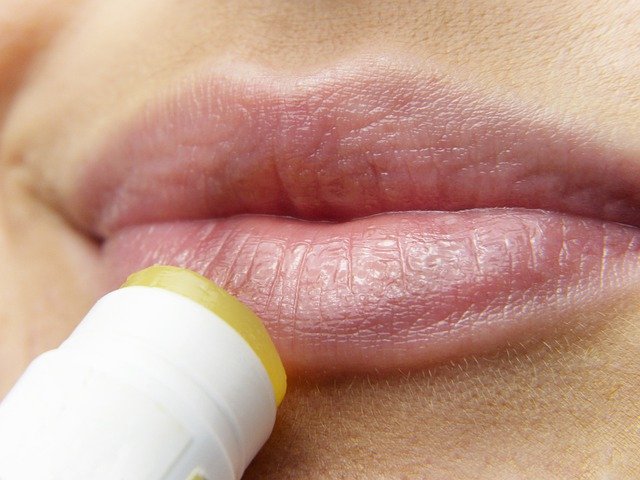
Direct go to
Sexually Transmitted Infections
Sexually transmitted diseases (STDs) or sexually transmitted infections (STIs) are mainly spread through sexual activities (including oral sex) with an infected individual. Using one’s oral cavity (mouth, tongue, lips) on the genitals of another person for sexual pleasure is known as oral sex. Oral sex is very common among sexually active couples and is very normal and healthy otherwise. However, as with other forms of sex, there is a risk of transmission of infections through oral sex, too.
The studies indicate the risk of transmission of HIV is extremely low through oral sex, but the transmission of other sexually transmitted infections is common. This is more so with repeated exposures to multiple partners or sex workers. Almost all STIs including chlamydia, gonorrhea, syphilis, HPV, and hepatitis B and C are reported to have been spread through oral sex.
Fortunately, most of these are easy to manage with early detection. All you need to do is to get screened regularly for STIs if you are sexually active or have multiple partners.
If you had potential exposure to a person whose STI status is not known or you observe any symptoms of STIs, the first thing to do is “not to panic”
Remember, almost all STIs can be managed with great results, if detected early.
Risk factors:
- Multiple sex partners
- Poor oral hygiene
- Unprotected sex
- Underlying diseases that lower one’s immunity
Signs and Symptoms:
STIs can be very silent. The organisms can multiply in the body without any signs or symptoms for weeks to months.
Hence, one should not solely rely on the development of symptoms to get tested or seek advice from a healthcare professional.
The most common symptoms are
- Abnormal discharge from the genitals
- Sores on the genitals or oral cavity
- Warts on the genitals or around the mouth
- Painful urination
- Pain during sex
- Rash on the trunk, palms, or soles
- Itching or pain in the genitals
- Fever
- Headache
- Enlarged lymph glands
- Swelling testicles
Diagnosis:
Blood, urine, or swab tests of the sores or abnormal discharges suffice to diagnose STIs. In rare cases, tissue biopsy or other extensive diagnostic tools may be employed.
Testing of both partners is essential to completely rule out the possibility of STI/STD transmission.
Treatment:
The majority of STIs are easily curable with the help of medications like antibiotics and anti-virals.
If left untreated, STIs can cause complications like Pelvic Inflammatory Disease (PID), ectopic pregnancy, cervical cancer in females, or epididymitis (inflammation of the ducts present behind the testicles) in males. Hepatitis B and C can lead to liver disorders and so on.
Prevention:
- Use a condom or a dental dam for every act. In case of the unavailability of a dental dam, a condom square made by cutting the condom into a square can be used as a barrier between the mouth and the vagina.
- Try to check the STI status of your partner. Carry your own latest STI test results, to make your partner comfortable and motivate them to share their results.
- Avoid sex in the presence of visible sores or warts on the genitals
- Avoid oral sex if there is a sore throat, bleeding gums, mouth ulcers, or any other oral infection
- Get yourself as well as your partner regularly screened for STIs.
